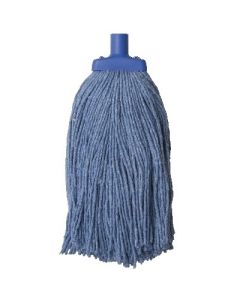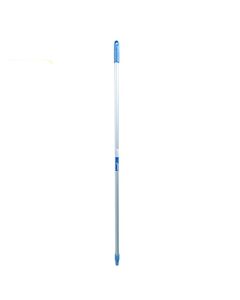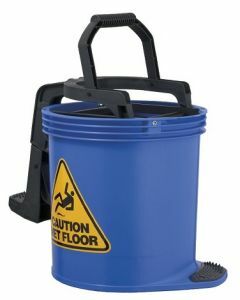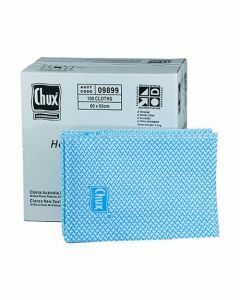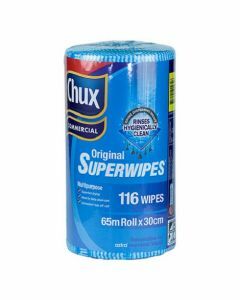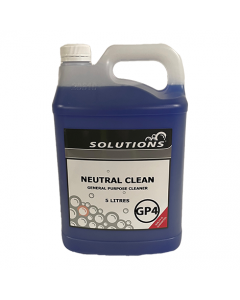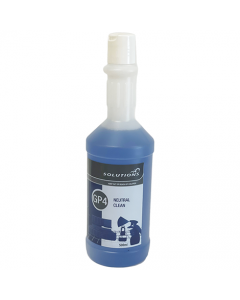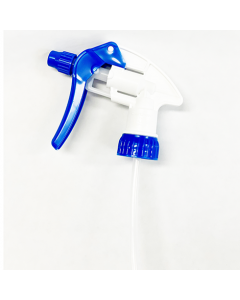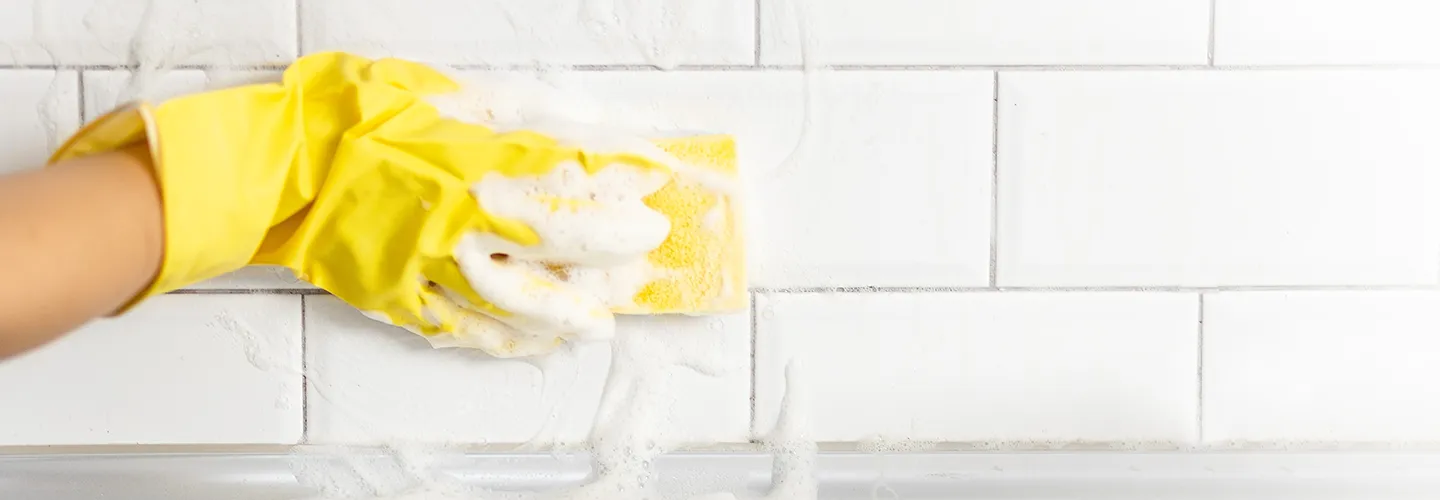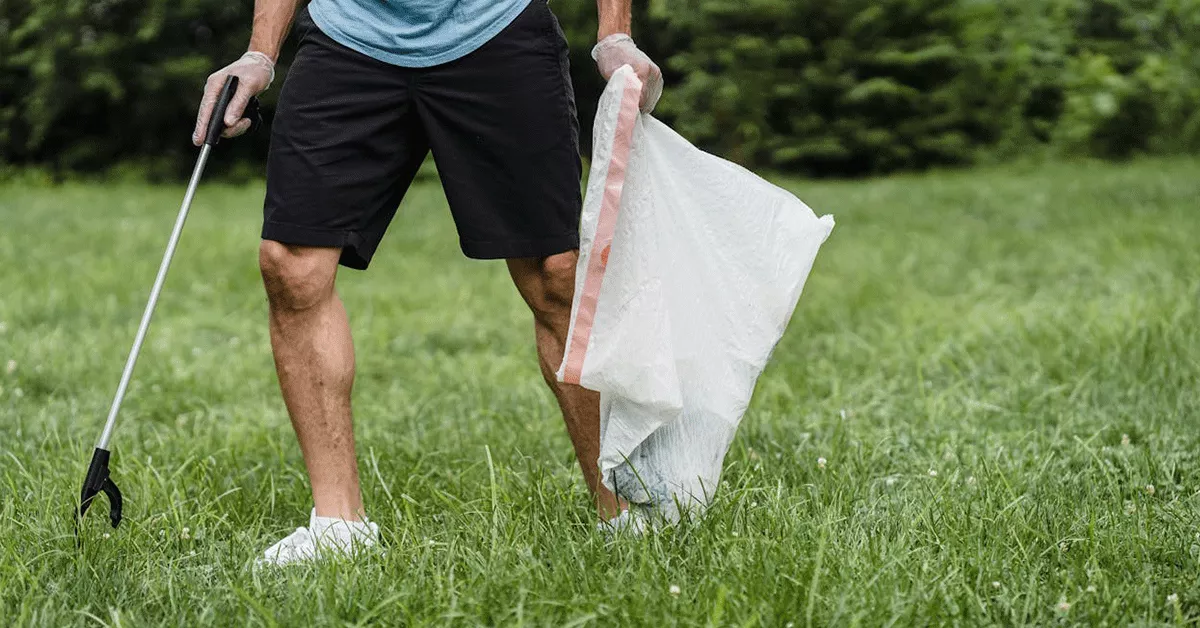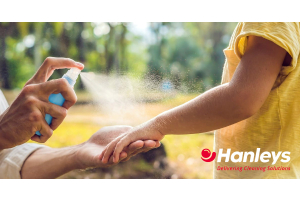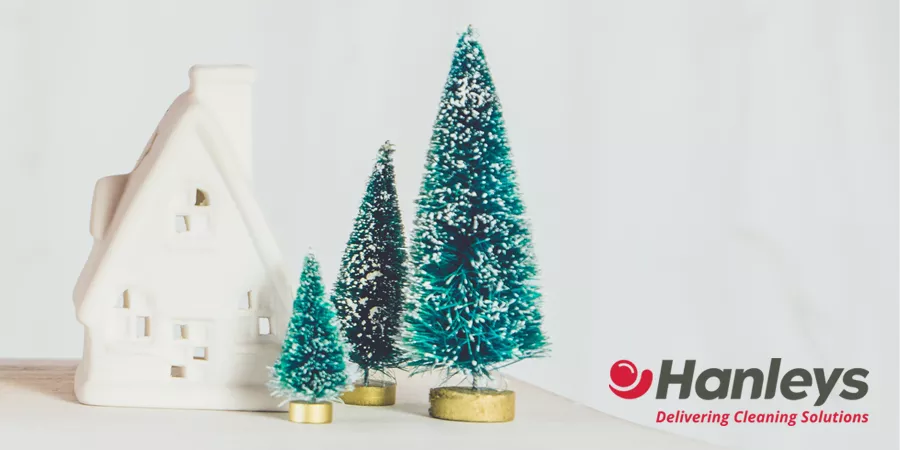Commercial Colour Coding Practices
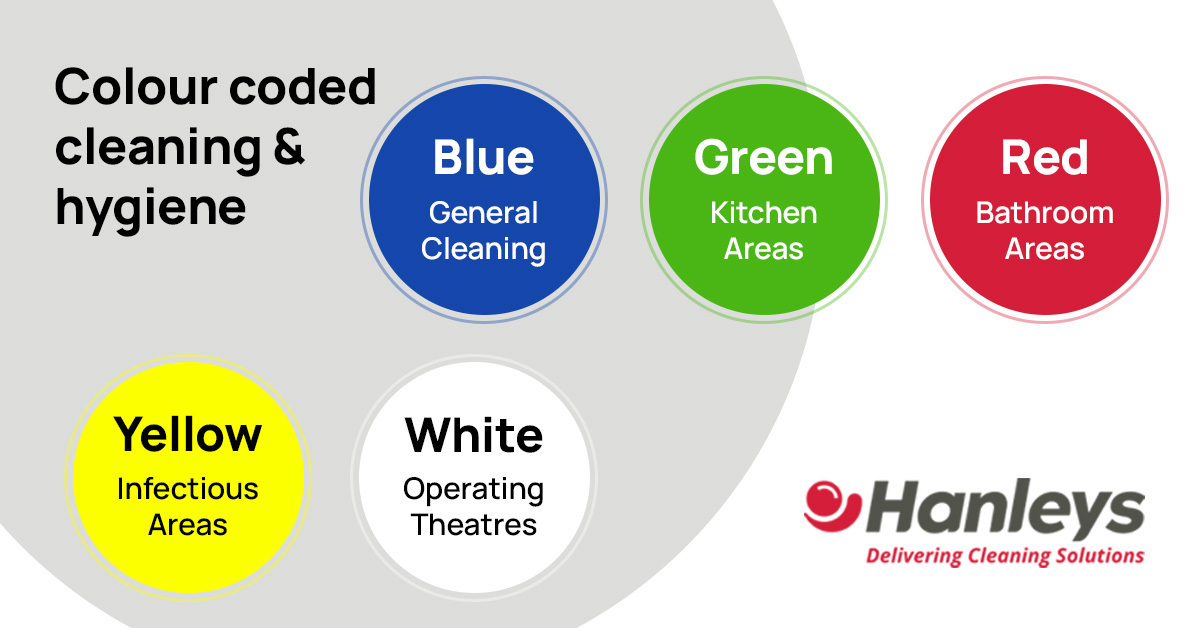
Commercial colour coded cleaning is a simple and effective hygiene approach to prevent the same cleaning equipment being used for both the bathroom and kitchen. A workplace with colour coded cleaning standards will reduce the chances of cross-contamination by assigning colours to cleaning equipment for each designated premise area. The Clinical Excellence Commission (‘CEC’) sets clear suggestions for commercial cleaning materials in Australia. It provides that colour codes for reusable equipment are mandatory in the Environmental Cleaning Standard Operating Procedures.
Some colour coded products may also be HACCP endorsed. HACCP-Australian Food Safety Certification provides a recognized endorsement that is an assurance to the industry and provides a guarantee to consumers of a product’s suitability for use within a food related environment.
Colour coding at Hanleys goes further than mops, buckets and cloths. We have colour coded chemicals and bottles from our Solutions Concentrate range that have been specially designed with contract cleaners in mind.
Let’s understand the different colours, benefits and how to implement this process.
What are the different colours?
The Cleaning of the Healthcare Environment Policy Directive authored by the CEC provides the following colour code standards to be used for reusable cleaning equipment:
Code Blue - for low risk areas and general cleaning purposes. These include areas such as the office, classroom desk tops, window ledges, hallways, and for general dusting and polishing.
Code Green - for food service and food preparation areas. These areas include kitchens and bars, but also other areas such as factories where food is processed.
Code Red - for hazardous areas posing high-risk of bacterial contamination. These include toilets, bathrooms, and dirty utility rooms
Code Yellow - for isolation and infectious areas. These include washroom surfaces such as sinks, mirrors, cubicles, tiled walls, glass and metal.
Code White - for clinical areas in the hospital and healthcare environment. These include operating areas and areas marked with red linings.
We recommend getting started by assigning these colours to your mops and buckets. For example, use a green coloured mop and bucket for cleaning food preparation areas. You will also need to organise these colours for cloths, wipes, and brushes.
What are the different colours?
Commercial colour coded cleaning has numerous practical benefits. The first is that it provides a highly visual and straightforward guide for employees to differentiate between different cleaning equipment. Employees new to the industry - especially with disabilities or language barriers - will find colour-coded equipment to eliminate any confusion about best practices. Seasoned employees should already be familiar with these widely used industry cleaning colour standards, making their job significantly more manageable. Secondly, the colour code system is relatively inexpensive as cleaning products would cost the same without their colours. This makes colour coding a highly effective and cost-efficient best practice all places should have. Finally, and most importantly, having a colour code system will remarkably reduce cross-contamination instances. This will improve workplace safety and lower the likelihood of customers falling ill from poor hygiene practices.
How to get started with the colour coding system?
The colour coding system is relatively easy to introduce and implement within the workplace. We recommend following our three-stage process:
Educate your staff about the colour coding system and its different meanings. Inform them why you are making the change and the benefits that will come about. Purchase colour-coding cleaning equipment as per the CEC standards. Place a Hanleys Cleaning Colour Code PDF at your desired location as a reminder for staff. Hold a refresher session with staff every 3-6 months.
Commercial colour coding is an essential part of safe hygiene standards. We recommend introducing these changes as soon as practical to prevent cross-contamination and for the well-being of staff and customers. Follow our three-stage process on how to get started. Below are some products you might need for your colour coding journey.
Get your free colour coding wall chart today
Feel free to use Hanleys Colour Coding Chart to help train your cleaning team / staff.
It is a great chart to put up on your cleaner's room wall.
Please email us for a copy and we can customise it with your business logo too.
marketing@hanleys.com.au
